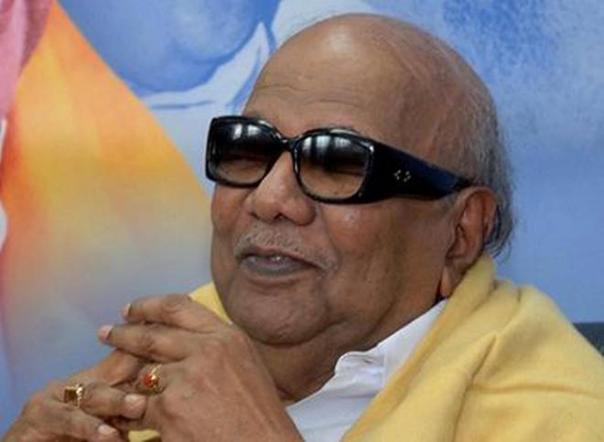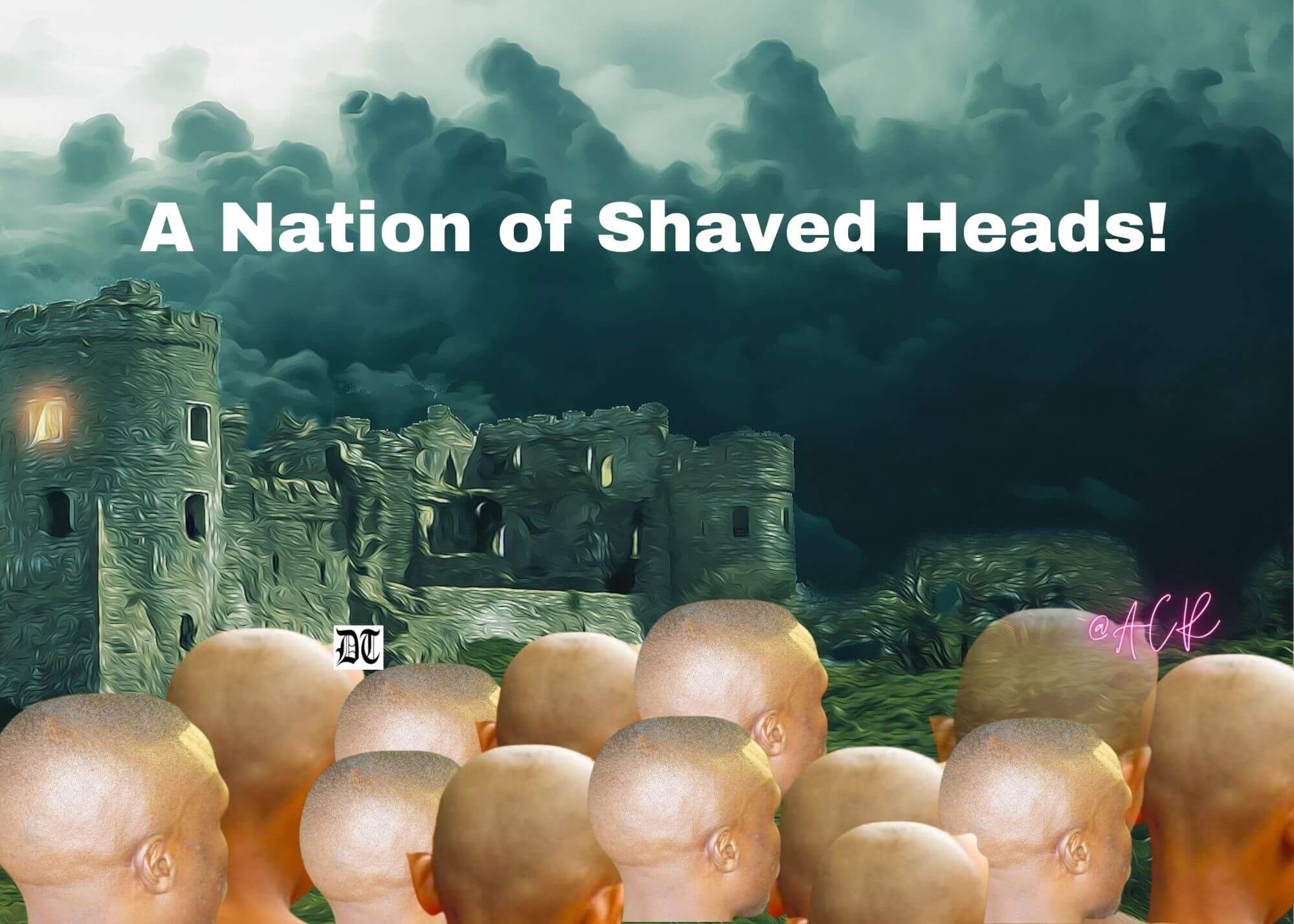The passing away of Muthuvel Karunanidhi (94), aptly characterised as a “colossus” on national scene, and a “Titan” of the Dravidian movement, would have far-reaching implications for both Tamil Nadu and national politics over time. A report for Different Truths.
Age has been taking a toll of leaders of substance at a critical juncture for Indian democracy, under threat of being overrun by divisive forces led by BJP-RSS. A virulent campaign by them is on for a second term of governance at the Centre to facilitate ushering in a covetous ‘Hindu Rashtra’ post-2019 Lok Sabha poll.
A combined opposition alliance is in the works on safeguarding inclusive democracy and protecting the constitutional rights in the face of ongoing assaults on autonomous and academic institutions, intolerance and spread of social disharmony from the activities of extremist outfits of the Sangh parivar.
It is in this context the passing away of Muthuvel Karunanidhi (94), aptly characterised as a “colossus” on national scene, and a “Titan” of the Dravidian movement, would have far-reaching implications for both Tamil Nadu and national politics over time.
Even though the DMK patriarch had to withdraw from active politics due to age-related ailments and was confined to wheel chair over the last 18 months that was not seen to detract from his influence and dominance on the national stage he had held for five decades. His assets and acumen were well understood.
Karunanidhi was chief minister five times and had been elected 13 times to T N Assembly. He became chief minister after the death of another great Tamil writer C N Annadurai, who headed the first DMK government in 1967 ending the Congress rule under K Kamaraj. For Karunanidhi, it was a great accomplishment, building on his reputation as a film script writer and an orator and on his organisational skills in the party.
In Tamil Nadu, the future of Dravidian era had become clouded by 2016 itself after two successive electoral defeats for Karunanidhi’s DMK (2011 and 2016) at the hands of AIDMK led by Jayalalithaa.
However, ‘Amma’s second successive term as chief minister came to an abrupt end with her demise in December 2016. Her AIDMK, with internal divisions and break-ups, has been struggling to hold on to power with some adroit management by chief minister E K Palaniswami, who is yet to prove his majority on the floor of the House.
It was about the same time that Karunanidhi’s age-related diseases were also coming to the fore. Even before the 2016 Assembly election the DMK patriarch had acknowledged that only a formidable alliance could hope to defeat Jayalalithaa. But surprisingly he was not able to involve himself to put together such a strong DMK-led formation in 2016 and seemed to have entrusted the responsibility to his second son M K Stalin.
Over the nearly two years of his illness, Karunanidhi seemed to be in a withdrawal mood. Stalin did an intensive campaigning in 2016 and was at least able to build a strong opposition of 98 members in the Assembly. He was made the working president of DMK and functions as Leader of Opposition in the Assembly, giving no comfort to the Palaniswami government.
Had Karunanidhi been alive for some more time, perhaps he would have been a source of great inspiration for the regional and state level parties getting together for a strong alliance for the 2019 Lok Sabha poll and thereafter. National-level leaders have always taken advantage of the genius that Karunanidhi proved to be in earlier alliance buildings during the United Front, NDA and UPA governments.
Karunanidhi had over the years become an elder statesman commanding respect from all parties. In essence, he was an astute politician. He played his cards well to ensure his goals in coalition politics. Broadly, the two Dravidian majors DMK and AIDMK had focused on welfare and social empowerment and less on development of infrastructure or enabling a widening of industrial base and providing jobs.
In evolving his own strategy for success in 2019, Prime Minister Narendra Modi is drawing some lessons from the Dravidian parties. This at a time when the road ahead for his goal of “New India” is not as smooth the Prime Minister and his confidante Amit Shah had assumed till 2017. A string of crucial by-poll losses over the last 18 months had brought them back to earth.
The party, smartly guided by the Modi-Shah duo, now confronts a formidable anti-BJP alliance of regional and state parties with Congress in the lead. The stakes are too high for Modi, who has begun campaigning for his place in 2019 and trying cleverly to cover up failures to fulfill promises of 2014 by a play of words and claiming “achievements” in certain areas.
He has avoided discussing key issues of economic growth and creation of jobs in the first four years of dismal performance overall. Modi’s “vikas” had also not taken off visibly, and the proximity of 2019 elections has forced him to turn to “populism” he had denounced vehemently in the case of Congress or other regional parties, especially DMK and AIDMK, whom the BJP president dubbed as corrupt.
Yet, the hunt for numbers of seats above the majority mark (272) in Lok Sabha is taking Modi closer to regional parties like AIDMK, Telangana Rashtra Samiti (TRS) led by Chief Minister K Chandrasekhara Rao and Naveen Patnaik’s BJD (Odesha)
Since the election to T N Assembly is not due till 2021, the Dravidian parties have to fight for the Lok Sabha elections first. That would be the first test to know how far DMK and AIDMK are able to draw sustenance from the legacy of DMK icon and Amma respectively. The other smaller parties can and would do nothing until both DMK and AIDMK take the first steps in political alignments for the 2019 Lok Sabha election. The politically aspirant super-stars Rajnikanth and Kamal Hasan would be cooling their heels.
S Sethuraman
©IPA Service
Photo from the Internet
#IndianGovernment #Politics #India #Rajnikanth #KamalHasan #BJP #DravidianMovement #DMK #AIDMK #TamilNadu #DifferentTruths





 By
By
 By
By
